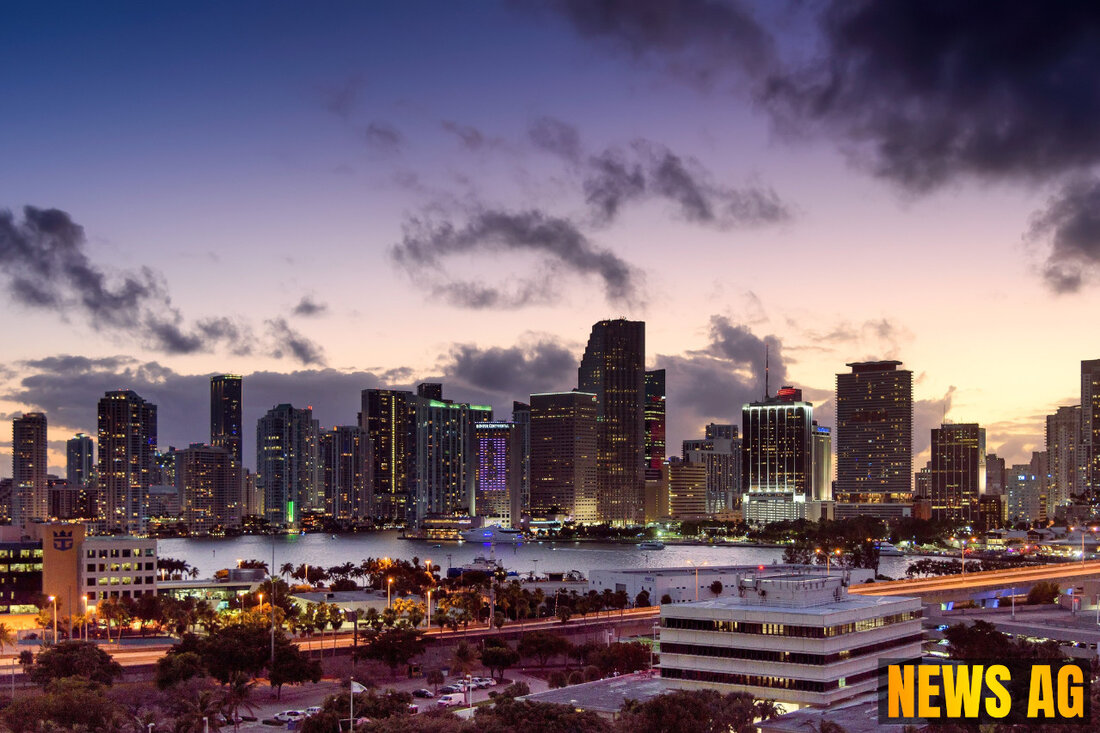Orange County Unveils Nation's Largest 'Sprawl Repair' Code for Growth

Orange County, Florida - In a significant move for urban development, Planetizen reports that Orange County, Florida, has adopted the „Orange Code,“ a groundbreaking form-based code (FBC) aimed at reshaping the suburban landscape. This code is no small feat; it’s touted as one of the largest in the nation by population and is expected to impact approximately 900,000 residents in unincorporated regions of the county. The adoption comes as part of the county’s Vision 2050 comprehensive plan, which outlines ambitious targets for accommodating a growing populace that has surged by over 200,000 residents every decade since 1960, a trend projected to continue as the population is expected to reach 2.1 million by 2050.
The Orange Code does a good deal to address suburban sprawl. It aims to steer growth towards walkable urban centers connected by urbanized corridors. This is particularly vital as sprawl has long since plagued the area, making it difficult for residents to fully experience their communities. Interestingly, the new code doesn’t apply to the cities within the county, each of which has its own zoning regulations. Instead, the focus lies squarely on suburban retrofits, meant to transform areas traditionally reliant on car travel into neighborhoods that encourage walking and the use of public transit.
Revolutionizing Development
With the Orange Code, the once 1,200-page zoning documents have been trimmed down to just 400 pages, significantly streamlining the development application process. As CNU highlights, this simplification will aid in reducing barriers to development, making it easier and more efficient for builders to bring their projects to life. Among the key components of the code are about ten mixed-use, walkable place types, which include urban core, urban center, and traditional neighbourhood designs.
Matt Lambert from the consulting firm DPZ CoDesign noted that the focus is not only on creating these vibrant centers but also on redeveloping existing suburban arterials and collectors. While the minimum parking requirements are not totally eliminated, there’s room for flexibility with shared parking credits. These changes reflect a growing recognition that fostering density in suburban areas can lead to more sustainable and healthy communities.
A Step Towards Sustainability
The Orange Code is part of a broader movement towards mixed-use development, a shift seen in various urban planning discussions across the nation. According to a report by Smart Growth America, form-based codes are proving to be pivotal in addressing equity, housing attainability, and climate change. These codes facilitate a variety of uses and are adaptable, allowing communities to maintain their unique character while accommodating growth.
As Orange County moves forward, the integration of a rail transit line established in 2014 and the recent introduction of the Brightline High Speed Rail service will bolster efforts towards reducing car dependency. Though the code’s development process began in 2016, it gained momentum only after the Vision 2050 plan was drafted, resulting in an exciting intersection of progressive urban planning and sustainable living.
As we stand at this new frontier, the Orange Code could serve as a model for other communities seeking to tackle similar challenges of sprawl and connectivity. Residents might just find there’s something to be said for walking to where you need to go, rather than being confined to the wheel.
| Details | |
|---|---|
| Ort | Orange County, Florida |
| Quellen | |
